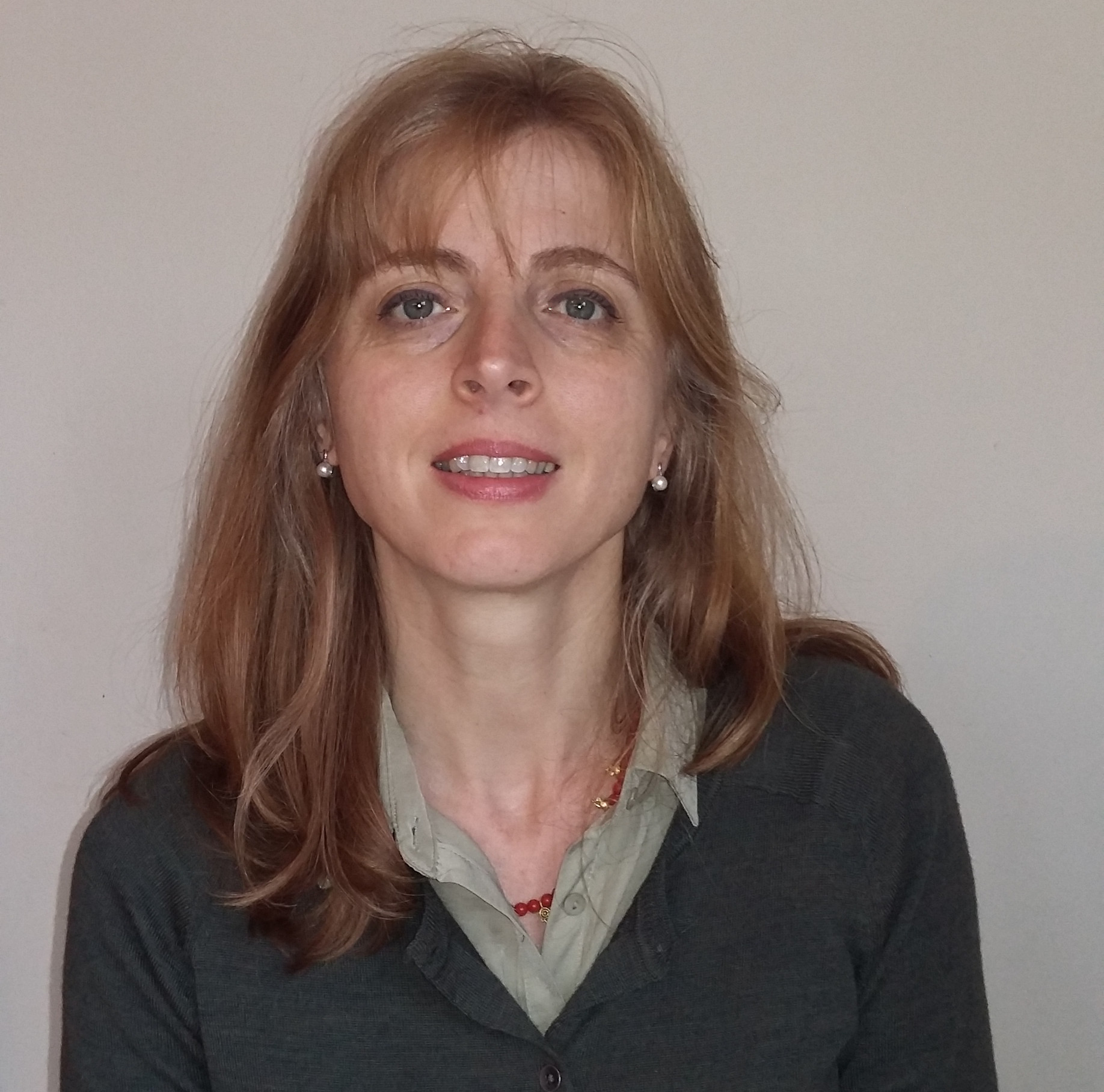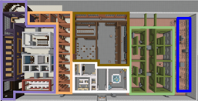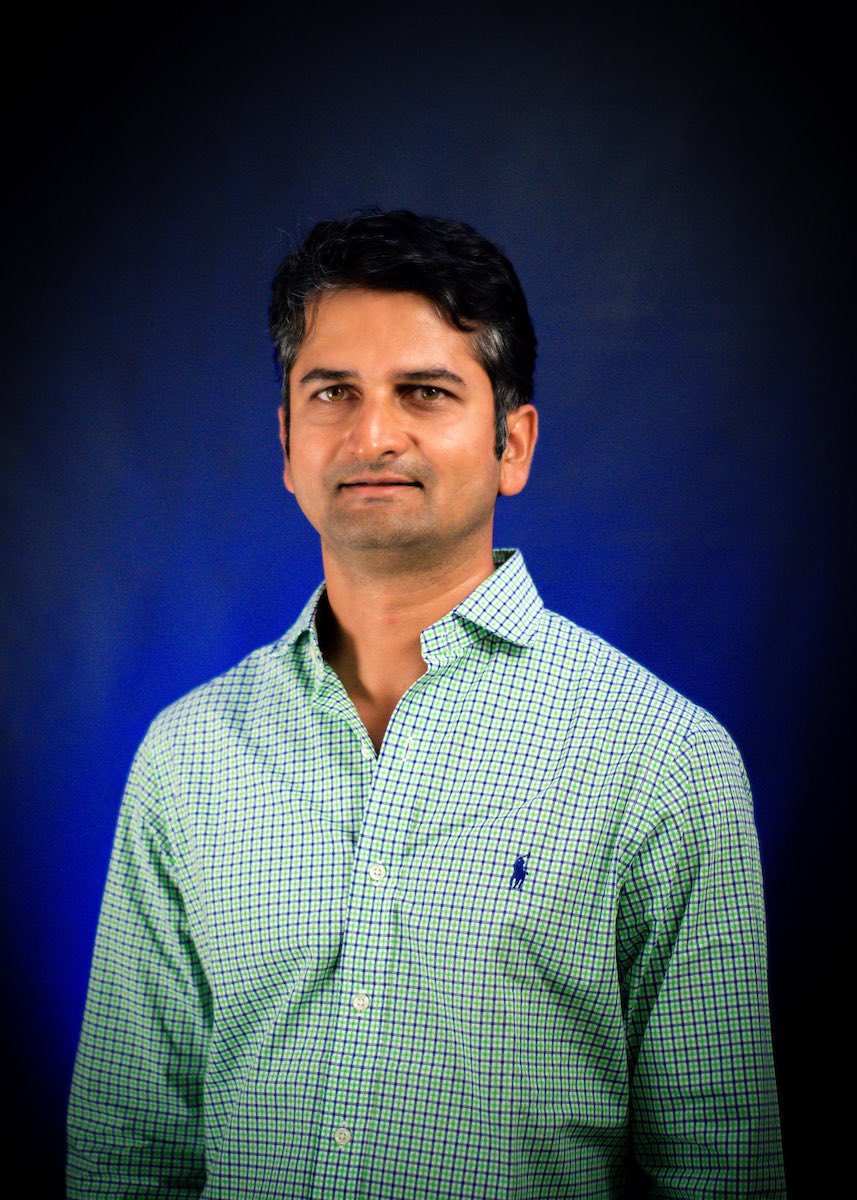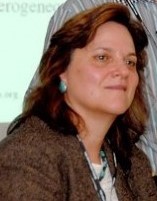Tutorials and Special Events
- Tutorial 1: Brain-Computer Interfaces for Group Decision-making
- Tutorial 2: Designing a Human Subjects Research Study Environment Using Minecraft
- A CogSIMA Discussion Event: We need to bridge the gap between Computational Situation- and Self-Awareness Processes
Tutorial 1: Brain-Computer Interfaces for Group Decision-making
Instructors:Dr. Caterina Cinel, Essex Brain-Computer Interfaces and Neural Engineering (BCI-NE) Lab, University of Essex, United Kingdom
Prof. Riccardo Poli, Essex Brain-Computer Interfaces and Neural Engineering (BCI-NE) Lab, University of Essex, United Kingdom
Time: Friday, May 20, 5 pm CET (8 am PT; 11 am ET) - Online on Zoom
Abstract: Making decisions—either individually or in group—is an important aspect at all levels of everyday life. Decisions (for example made by government, military or hospital management) can be highly critical in nature, with mistakes possibly resulting in extremely adverse outcomes, including loss of lives. Often, decisions must be made with limited amounts of information, or indeed too much information for any single person to process in a meaningful manner, hence involving a high degree of uncertainty. In such difficult conditions, where individuals tend to make suboptimal decisions, groups usually make better decisions than individuals (wisdom of crowds). Groups have inherent error correction capabilities, but, unfortunately, they also suffer from many biases and flaws, such as difficulties in coordination and interaction between group members, reduced member effort within a group, strong leadership, group judgement biases, and so on. Brain-Computer Interfaces (BCIs) have traditionally been used as assistive devices for restoring capabilities in people with disabilities. However, an important and exciting line of research has turned them into tools for augmenting cognitive functions in healthy people. For nearly a decade, this has been a major strand of research within the Essex BCI-NE lab, where we pioneered the idea of combining brain signals (and other physiological and behavioural data) across multiple people to achieve a form of emergent group augmentation particularly for decision-making. Over this period, with significant support from the UK Ministry of Defence, we have developed a collaborative BCI (cBCI) technology that has delivered significant improvements over the group performance achieved by more traditional methods of integrating individual decisions, for progressively more and more realistic environments. In this tutorial, we will introduce attendees to the state-of-the art in neuro-technologies for human cognitive augmentation including BCIs and their main methods. We will then focus on the cBCIs, from their precursors to the range of techniques and results obtained in nearly a decade in our own work, in decision tasks including: identification of visual targets in cluttered environments, comprehension of military radio communication, face recognition, military simulations of outposts and strategic decision making in a pandemic. We will touch upon our recent results with decision making systems where BCI-assisted humans make decisions together with AI agents treated as peers.
Instructors' biography

Caterina Cinel is a Lecturer at the University of Essex (UK) and a co-founder of the Essex BCI-NE lab. Her background is in cognitive psychology and neuroscience and has expertise in multisensory perception, attention, decision-making and memory, BCIs and cognitive augmentation. Her research is highly interdisciplinary, and has gradually focussed on BCIs for cognitive augmentation, including hybrid collaborative BCIs for group decision-making. The majority her work in that area has been funded by UK MoD: two past projects as co-I, and currently a US DoD/UK MoD funded Bilateral Academic Research Initiative (BARI). She has co-authored 50+ peer-reviewed publications, has a Google Scholar h-index 22, is an editor for Brain Sciences, and an Associate Editor for the Frontiers in Neuroergonomics and Frontiers in Human Neurosciences.
Riccardo Poli is a full professor in CSEE at Essex University. He is a biomedical engineer and an expert in machine learning and computational intelligence. He co-authored several hundred articles (and 2 books) and has 24,000+ Scholar citations and an H index of 66. He has received funding for £5.6M in his career, of which over £2.4M from the UK MoD over the last 8 years for work (including two large US/UK ongoing projects, MURI and BARI) on cBCI. He is on the advisory board of Evolutionary Computation, an Associate Editor for Frontiers in Neuroergonomics (Social Neuroergonomics), a guest associate editor for Frontiers in Neuroscience (Neural Technology) and a former associate editor of Genetic Programming and Evolvable Machines, Applied Soft Computing and Swarm Intelligence.
Tutorial 2: Designing a Human Subjects Research Study Environment Using Minecraft
Instructors:Ashish Amresh, Center for Human, AI and Robot Teaming, Arizona State University, USA
Michael Buchanan, Center for Human, AI and Robot Teaming, Arizona State University, USA
Ed Weiss, Aptima Inc. USA
Time: Friday, April 29, 5 pm CET (8 am PT; 11 am ET)
REGISTRATION: Participation in this tutorial is free of charge, but registration is required. For registration please visit the following link: https://edas.info/r29209 and choose the event T:Free
Abstract: A virtual testbed provides experimenters with flexible environments and remote options for conducting research. A successful virtual environment should be varied in content to challenge participants to exhibit complex behaviors, and Minecraft provides an adaptable testbed which allows researchers to modify the world and build custom maps that help collect data, create unique scenarios, and have human and AI agents interact within the world. This opens the door to conduct experiments where human-human interaction and human-AI interaction is critical for successful task completion. The goal of this workshop is to train participants in designing an effective Minecraft based testbed for human systems research.


- Apply game design principles when creating a virtual testbed for research purposes
- Analyze effectiveness of design choices from a user and a researcher standpoint
- Learn to develop a highly salient and cognitively demanding task environment
- Incorporate customizable individual tasks and communication-demanding team tasks
- Develop a testbed and integrate additional data collection tools within Minecraft
Description of Target Audience: Individuals interested in human systems research looking for a flexible environment to observe human behavior. Computer scientists and engineers seeking expert advice on designing a virtual environment or need a testbed that performs well with little resources.
Instructors' biography

Ashish Amresh is a Research Scientist at the Center for Human, AI and Robot Teaming and the lead designer of the urban search and rescue Minecraft Testbed

Michael Buchanan is a Research Assistant and Testbed Developer at Arizona State University’s Center for Human, AI, and Robot Teaming.
Ed Weiss is a Software engineer and lead programmer at Aptima Inc. for the data engineering and analysis pipeline used in the urban search and rescue Minecraft Testbed.
A CogSIMA Discussion Event: We need to bridge the gap between Computational Situation- and Self-Awareness Processes
Speaker:Dr. Kirstie L. Bellman, Topcy Consulting, USA
Time: Friday, May 27, 5 pm CET (8 am PT; 11 am ET) - Online on Zoom
Abstract: Dr. Kirstie Bellman will start the discussion with a forty-five minute talk on the definitions of computational Self-Awareness and Situation Awareness and why there is a critical need to bring these two closely aligned research and application areas together. Using existing research in both domains, she will give some examples of the potential benefits of integrating the approaches and processes from each area. Then participants will be invited to join an open discussion on how to augment each discipline with ideas and methods from the other one and how to create synergies between computational Situation Awareness and Self-Awareness.
Dr. Kirstie Bellman, with Dr. Chris Landauer, developed the Wrappings approach over twenty years ago which helps integrate large complex systems with explicit meta-knowledge about each system component and computationally reflective (able to reason about themselves), recursive processes. She felt it was critical that key military and medical systems have the knowledge and self-aware reasoning and processing to say “I don’t know – I have no resources (e.g., data, models, analyses, platforms, etc.) that can adequately address this problem or mission,” and to report to the human operators the limitations of their resources and current state. She became a CogSIMA regular over the last decade.

Kirstie Bellman is a Neurophysiologist (Ph.D. UCSD 1979), Computer Scientist and Mathematician, working on large-scale software-managed systems, with a combined emphasis on formal methods and the appropriate use of biological principles. She has been a DARPA Program Manager from 1993-1997, in charge of mathematical and formal methods programs, including Domain-Specific Software Architectures, rapid prototyping technology, and the large Computer-Aided Education and Training Initiative. At the end of her DARPA tenure, she received a (rare) award from the Office of the Secretary of Defense for excellence in her programs. Dr. Bellman has over thirty-five years of academic, industry, and consulting experience in the development of both conventional computer models and applications and artificial intelligence. Her published research spans a wide range of topics in the cognitive, neurophysiological, and information processing sciences. In addition to playing a leading role in the development of programs in error analysis and evaluation of expert systems, her group did nationally recognized research in extending the applications of expert systems to open-ended design problems and to the integration of mathematical and artificial intelligence techniques. She joined Topcy House Consulting in 2002.


